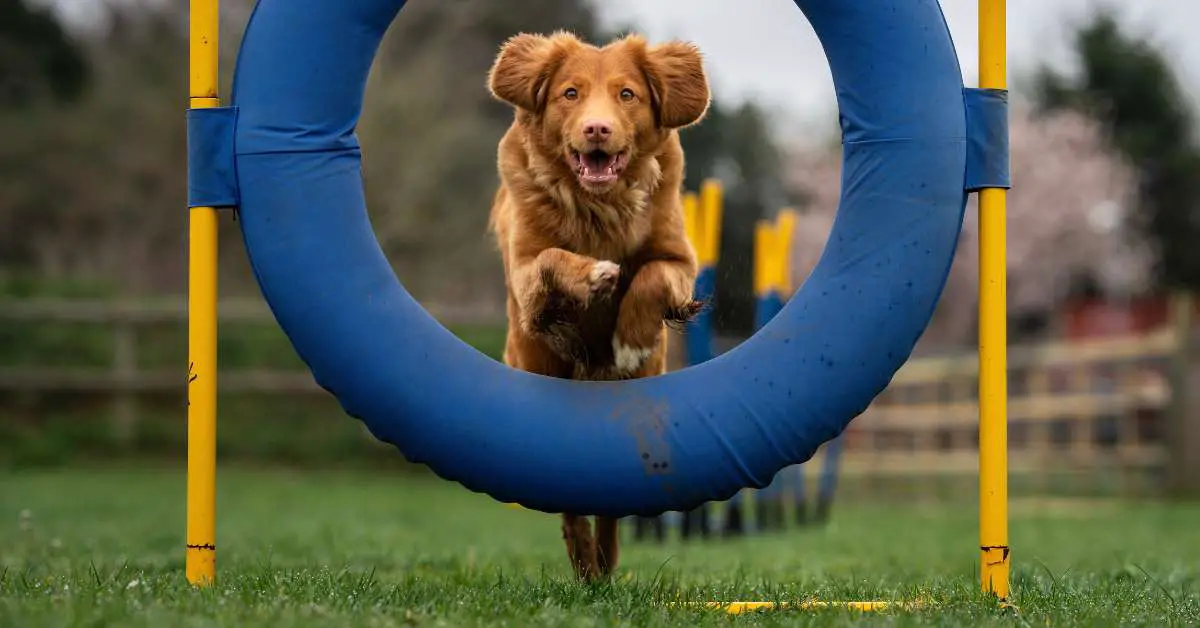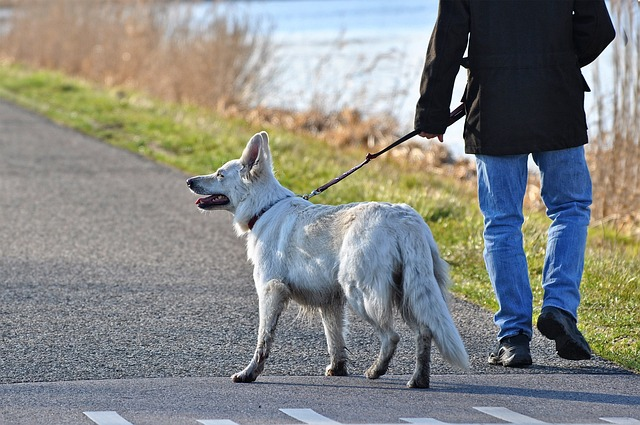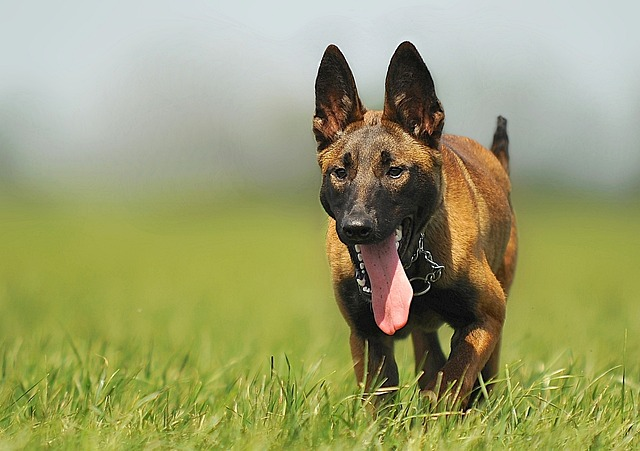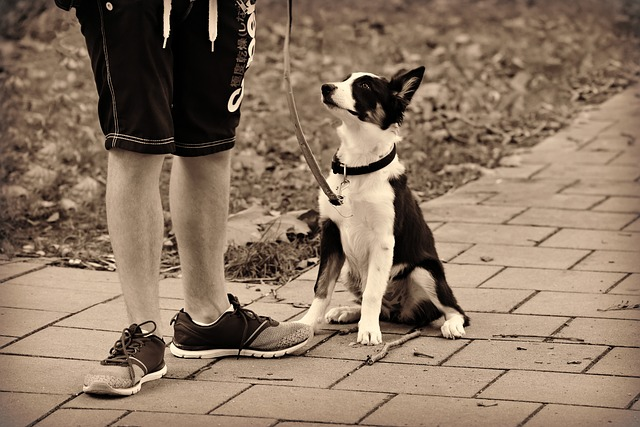How to Strengthen Old Dogs Hind Legs – Boosting Senior Pups:

It’s common for our beloved pets on four legs to experience a decline in both agility and muscle power, especially in their hind legs, as they age.
Whether due to arthritis, muscle atrophy, or other age-related factors, this can lead to discomfort and reduced quality of life for our loyal companions.
However, there are numerous proactive steps we can take to support and strengthen their hind legs, helping them maintain an active and fulfilling lifestyle in their golden years.
In this comprehensive guide, we’ll explore a range of effective strategies and exercises designed specifically for older dogs and how to strengthen old dogs hind legs.
From gentle stretches and low-impact activities to dietary considerations and supplements, we’ll cover all aspects of hind leg care.
By implementing these techniques, you can help your furry friend regain strength, flexibility, and mobility, ultimately enhancing their overall well-being and allowing them to enjoy their senior years to the fullest.
Key Takeaway
- Tailor exercises to your dog’s individual capabilities and limitations.
- Prioritize your dog’s comfort and well-being over pushing them too hard.
- Consistency and patience are key to seeing improvement in hind leg strength.
- Always consult with your veterinarian before starting any new exercise regimen.

What Causes Sudden Hind Leg Weakness in Dogs?
According to the PetMD, sudden hind leg weakness in dogs can be a distressing and alarming occurrence for both pets and their owners.
There are several potential causes for this sudden onset of weakness, ranging from mild to severe.
Here are some of the most common underlying factors:
1. Muscle Strain or Sprain:
Dogs can experience muscle strains or sprains from overexertion, sudden movements, or rough play. This can lead to temporary hind leg weakness.
2. Traumatic Injury:
Accidents falls, or collisions can result in injuries to the spine, hips, or limbs, causing sudden weakness in the hind legs.
3. Arthritis Flare-Up:
Dogs with arthritis can experience sudden exacerbations of pain and stiffness, leading to weakness in the hind limbs.
4. Intervertebral Disc Disease (IVDD):
This condition involves the deterioration or herniation of discs in the spine, which can put pressure on the spinal cord and lead to sudden hind leg weakness.
5. Degenerative Myelopathy:
This progressive neurological disorder primarily affects older dogs and leads to a gradual deterioration of the spinal cord, resulting in hind leg weakness.
6. Tick-borne Diseases:
Certain tick-borne illnesses, such as Lyme disease, can cause muscle weakness and joint pain, affecting a dog’s ability to use their hind legs effectively.
7. Neurological Conditions:
Disorders of the nervous system, including infections, tumors, or inflammatory diseases, can lead to sudden weakness in the hind limbs.
8. Toxicity:
Ingesting certain toxic substances, such as certain plants, chemicals, or medications, can lead to neurological symptoms, including hind leg weakness.
9. Metabolic Disorders:
Conditions like diabetes or electrolyte imbalances can affect nerve function, leading to weakness or instability in the hind legs.
10. Stroke or Cerebral Vascular Accident (CVA):
A sudden interruption of blood flow to the brain can lead to neurological symptoms, including weakness or paralysis.
11. Idiopathic Vestibular Disease:
This condition affects the inner ear and can cause sudden disorientation, loss of balance, and weakness, often mistaken for hind leg issues.

It’s crucial to seek immediate veterinary attention if you notice sudden hind leg weakness in your dog.
A thorough examination, along with diagnostic tests such as X-rays, blood work, or MRI scans, may be necessary to determine the underlying cause.
Prompt diagnosis and treatment are vital in ensuring the best possible outcome for your furry companion’s recovery and overall well-being.
Remember, early intervention can make a significant difference in their prognosis and quality of life.
What are the Symptoms of Weak Hind Legs?
According to the American kennel club, weak hind legs in dogs can be caused by a variety of factors, including age-related issues, injuries, or underlying health conditions. Recognizing the symptoms early on is crucial for providing proper care and support.
Here are some common signs to look out for if you suspect your dog may be experiencing weakness in their hind legs:
1. Difficulty Standing:
Your dog may struggle to rise from a sitting or lying position, or they may hesitate before attempting to stand.
2. Unsteady Gait:
You might notice your dog wobbling or having trouble maintaining balance, particularly when walking or going up and down stairs.
3. Reduced Activity Levels:
A decrease in overall activity, reluctance to engage in play, or avoiding activities they once enjoyed can be indicative of hind leg weakness.
4. Dragging Feet:
Your dog’s hind paws may scrape along the ground as they walk, or they may not lift their feet properly.
5. Bunny Hopping:
Some dogs compensate for weak hind legs by hopping or using both back legs simultaneously when walking or running.
6. Muscle Atrophy:
Noticeable loss of muscle mass in the hindquarters can be a sign of weakened muscles.
7. Pain or Discomfort:
Your dog may exhibit signs of discomfort, such as whining, whimpering, or vocalizing when moving or being touched in the hind leg area.
8. Altered Posture:
Changes in posture, such as a hunched back or an unusual stance, may indicate discomfort or weakness in the hind legs.
9. Incontinence:
Weak hind legs can lead to difficulties controlling bowel or bladder movements.
10. Licking or Chewing at Limbs:
Dogs may instinctively try to alleviate discomfort by licking or chewing at their hind legs.

Tips on How to Strengthen Old Dogs Hind Legs
According to the a-z-animals, strengthening an older dog’s hind legs can greatly improve their mobility and overall quality of life.
Here are some effective tips to help you achieve this:
1. Regular Exercise:
Engage your dog in regular, gentle exercise to promote muscle strength and flexibility. Short, frequent walks on flat terrain can be beneficial.
2. Swimming:
Swimming is a low-impact exercise that provides an excellent full-body workout for dogs. It helps to build strength without putting excessive stress on joints.
3. Balancing Exercises:
Encourage your dog to balance on their hind legs by using specially designed balance pads or cushions. This helps activate and strengthen the supporting muscles.
4. Low-Impact Activities:
Engage in activities like controlled play sessions or light fetch, ensuring movements are gentle and not too strenuous on your dog’s hind legs.
5. Gentle Massage and Stretching:
Regularly massage your dog’s hind legs to improve blood flow and reduce muscle tension. Gentle stretches can help maintain flexibility by practicing some stretches from PetMD.com.
6. Nutrition and Supplements:
Ensure your dog is on a balanced diet that supports joint health. Consider adding supplements like glucosamine and chondroitin, which can aid in maintaining joint function.
7. Weight Management:
Maintain a healthy weight for your dog to reduce excess strain on their joints. Consult your vet for guidance on an appropriate diet plan.
8. Elevated Feeding and Water Bowls:
Provide elevated bowls to make it easier for your dog to eat and drink without putting unnecessary stress on their neck, shoulders, and hind legs.
9. Assistive Devices:
Consider using mobility aids like harnesses or slings to support your dog’s hind end during walks or when navigating stairs.
10. Therapeutic Modalities:
Explore options like laser therapy, acupuncture, or physical therapy, which can be beneficial in improving muscle tone and reducing pain.
11. Regular Veterinary Check-ups:
Schedule regular check-ups with your vet to monitor your dog’s progress and address any emerging issues promptly.
12. Provide a Comfortable Environment:
Ensure your dog has a comfortable and supportive bed to rest in, which can help alleviate pressure on their joints.
FAQs
1: Can I start these exercises if my dog is already experiencing hind leg weakness?
According to the WebMD, Absolutely, but it’s important to start slowly and gently. Begin with exercises that are comfortable for your dog and gradually increase intensity over time.
Always monitor their comfort level and consult your vet for specific recommendations.
2: My dog is quite old. Are these exercises safe for them?
Yes, the exercises provided are designed to be gentle and suitable for older dogs.
However, it’s crucial to tailor the activities to your dog’s individual capabilities and limitations. Always consult with your veterinarian before starting any new exercise regimen.
3: How often should I perform these exercises to see improvement?
Consistency is key. Aim for regular, short sessions rather than infrequent, longer ones.
Initiate with short sessions each day, and progressively extend the duration as your dog grows more at ease and familiar with the exercises
4: Are there any warning signs I should watch for during these exercises?
Absolutely. Watch for signs of distress, such as excessive panting, whining, or signs of pain. If your dog appears uncomfortable or fatigued, stop the exercise and consult your vet.
It’s important to be attentive to your dog’s cues and adjust the exercises accordingly.
Remember, every dog is unique, and their progress may vary. Always prioritize your dog’s comfort and well-being over pushing them too hard.
If you have any concerns or questions about your dog’s specific situation, it’s best to seek guidance from your veterinarian.

Final Notes
Caring for an older dog with hind leg weakness requires patience, dedication, and a thoughtful approach.
By implementing the exercises and tips outlined in this guide, you’re taking proactive steps to enhance your furry friend’s mobility and quality of life.
Remember, it’s crucial to be attentive to your dog’s individual needs and limitations.
Always consult with your veterinarian before starting any new exercise regimen, as they can provide tailored advice based on your dog’s unique circumstances.
Additionally, the journey to strengthening your dog’s hind legs is a gradual process. Celebrate small victories and be patient with progress.
With your love and support, your faithful companion can enjoy their senior years with greater comfort and vitality.
Thank you for prioritizing your dog’s well-being and for being a caring and responsible pet owner.
If you have any further questions or concerns, don’t hesitate to reach out to your veterinarian. Here’s to many more happy and active years with your beloved furry companion!
